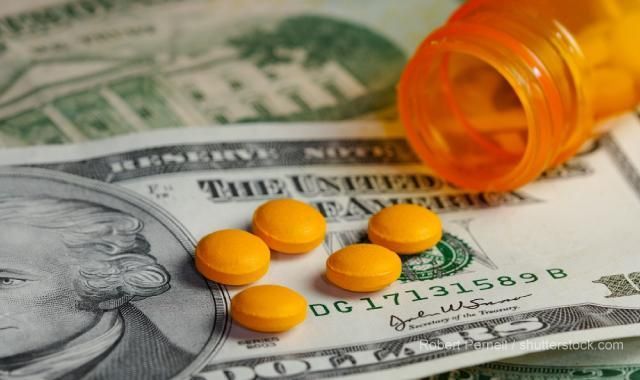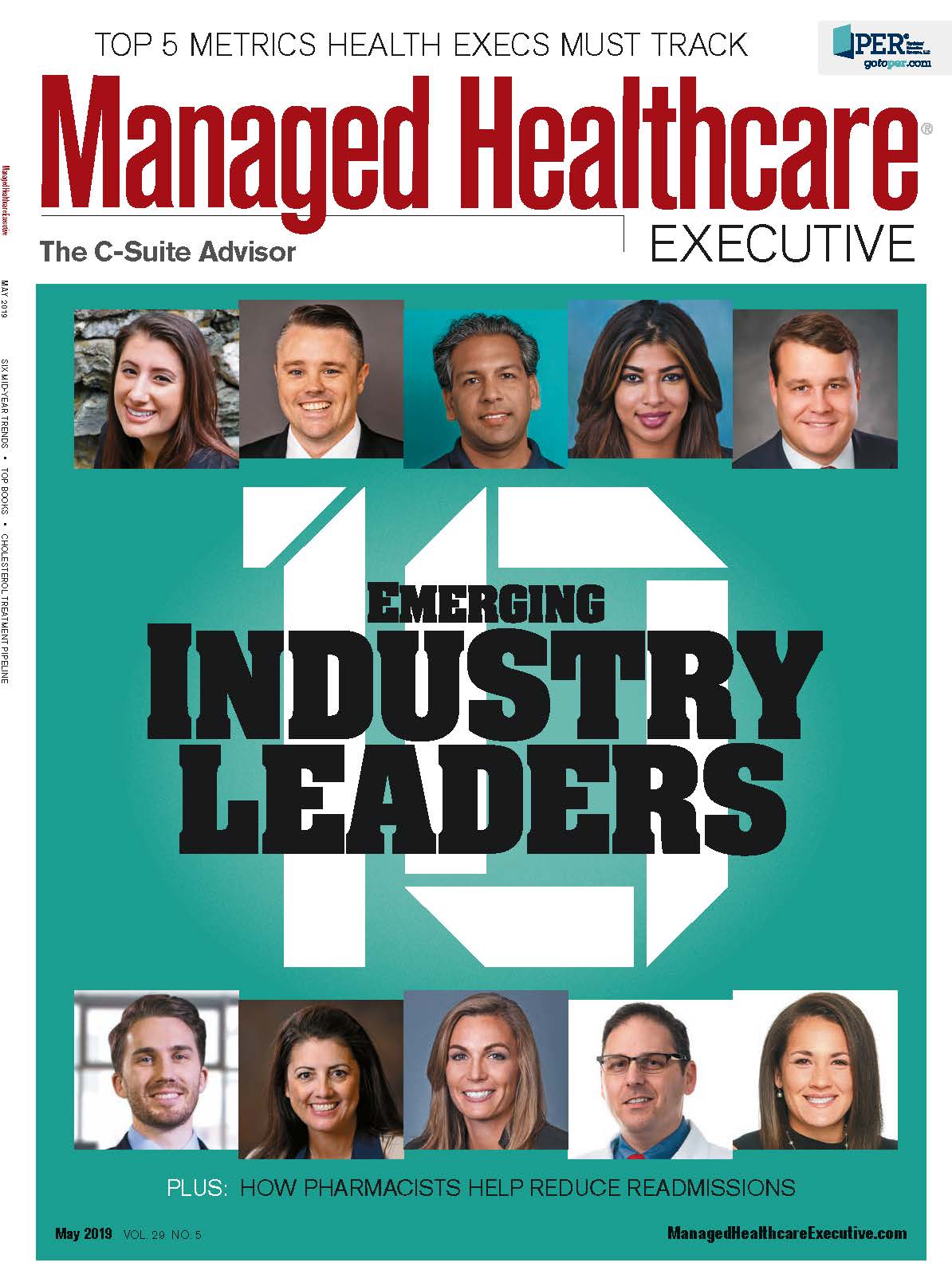How High Drug Prices Affect Patients
Drug costs are a hot political topic, but just how much do they disrupt healthcare?

Even before Trump’s oft-quoted sentiment that pharmaceutical manufacturers are “getting away with murder,” high drug prices have been in the national conversation. But renewed governmental interest (for instance, the recent Congressional hearing with heads of major drug manufacturers) has thrust the debate over drug costs-if they’re too high, why they’re so high, who’s shouldering the cost, who’s to blame-into an even brighter spotlight.
Various measurements for total drug spending show a growing problem: CMS estimates that between 2012 and 2016, drug spending increased 26.8%, while a recent PEW study found that net spending on drugs skyrocketed from $250.7 billion in 2012 to $341.0 billion in 2016-an increase of 36%.
Patients respond
But how are patients responding to these high prices? Evidence shows that while prescription abandonment due to cost is still relatively low, a not insignificant number of patients are either not initiating or are not filling current prescriptions-and many more are paying for their medications but struggling to do so.
The PEW study shows that manufacturer rebates also skyrocketed from 2012 to 2016 (from $39.7 billion to $89.5 billion) and that those rebates have played a role in at least partially offsetting those list prices. It also found that policies with capped out-of-pocket expenses, along with manufacturer cost-sharing policies, helped to shelter patients from rising costs.
Related article: Four Ways Hospitals Can Deal with Rising Drug Costs
However, other reports show that patients are struggling under the weight of skyrocketing prices. One of the most recent larger-scale studies from GoodRx found that 42% of Americans struggle to pay for medications, even though the majority (94%) had some kind of health coverage. That same study found that around one-third of patients had purposely missed filling a prescription due to cost at least once in the last year-of that group, 5.6% said they had skipped prescriptions three or more times.
The CDC estimates from 2013, while lower, also paint a bleak picture: 7.8% of adults did not take their medication as prescribed in order to save money, while a further 1.6% bought their medications outside of the country and 4.2% used alternative therapies. A 2017 Truven Health Analytics-NPR Health Poll found that 29% of Americans had stopped taking medications at some point without telling their doctor. While side effects were the most common reason given for missing doses (29%), 10% cited cost as the reason.
The problem drugs
While it is challenging to find information on the most commonly abandoned medications, a 2010 study published in the Annals of Internal Medicine and created by collaboration between CVS, Harvard, and Brigham and Young Women’s Hospital, found that insulin and proton pump inhibitors (PPIs; examples include omeprazole or lansoprazole) were the most likely drugs to be abandoned. (Interestingly, opiates, anti-platelets, and statins were the least likely to be abandoned.)
Although the abandonment was not directly related to price, the study also found that the larger the copay, the more likely a prescription was to be abandoned: a 1.4% abandonment rate for co-pays of $10 or less, a 3.4% rate for copays between $30 and $40, and a 4.7% rate for copays over $50.
Anecdotally, insulin still seems to be one of the top drugs associated with abandonment due to cost. Over the 2012-2016 period, insulin prices doubled-prices now are 64% higher than in 2014. Those price spikes have drawn particular attention from Congress, advocacy groups, and patients alike.
Related article: Lower Drug Prices Aren’t Worth Higher Health Risks
That concern isn’t without merit either-one 2016 survey found that the average per month out-of-pocket costs for patients with diabetes was $360. Additionally, a recent American Diabetes Association survey, 25.5% of patients said that they had used less insulin than prescribed due to costs. That underuse was associated with a three-fold increase in high HbA1c compared with patients who didn’t underutilize the medications-potentially resulting in further complications that could add to the $327 billion cost of diabetes.
In response to public outcry, Eli Lilly announced that it will release a lower-cost generic version of its insulin Humalog. According to the company, its list price will be 50% lower than the brand name version-though analysts disagree about the impact this will have on the overall cost of medication.
Nicholas Hamm is an editor with Managed Healthcare Executive

David Calabrese of OptumRx Talks New Role, Market Insulin Prices and Other Topics 'On His Mind'
April 13th 2023In this month’s episode of the "What's On Your Mind podcast," Peter Wehrwein, managing editor of MHE connects with the now Chief Clinical Officer of OptumRx Integrated Pharmacies, David Calabrese. In this conversation, David touches on his transition in January as OptumRx’s former chief pharmacy officer and market president of health plans and PBMs to his new role as Chief Clinical Officer where he now focuses more on things such as specialty pharmacy to home delivery — with an overall goal of creating whole-patient care. Throughout the conversation, Calabrese also touched on the market’s hot topic of insulin prices and behavioral health services within the OptumRx community, among other topics.
Listen
Upended: Can PBM Transparency Succeed?
March 6th 2024Simmering tensions in the pharmacy benefit management (PBM) industry have turned into fault lines. The PBMs challenging the "big three" have formed a trade association. Purchaser coalitions want change. The head of the industry's trade group says inherent marketplace friction has spilled over into political friction.
Read More
Briana Contreras, editor of Managed Healthcare Executive, spoke with Nancy Lurker, CEO and president of EyePoint Pharmaceuticals. Nancy shared a bit about EyePoint and how the organization’s innovative therapies are addressing patient needs through eye care, and most importantly, she addressed C-Suite positions like the CEO role. Nancy shared advice for those seeking to reach the CEO level, especially toward women in healthcare and other roles, and what it takes to run a biopharma company.
Listen
The deliberate disconnection of Change Healthcare to ring fence a cyberattack entered its seventh day today. Prescribers are finding ways to get pharmacy claims processed, and UnitedHealth Group says disruption to the dispensing of prescriptions has been minimal. But independent pharmacies want more information and protection from financial consequences from pharmacy benefit managers.
Read More